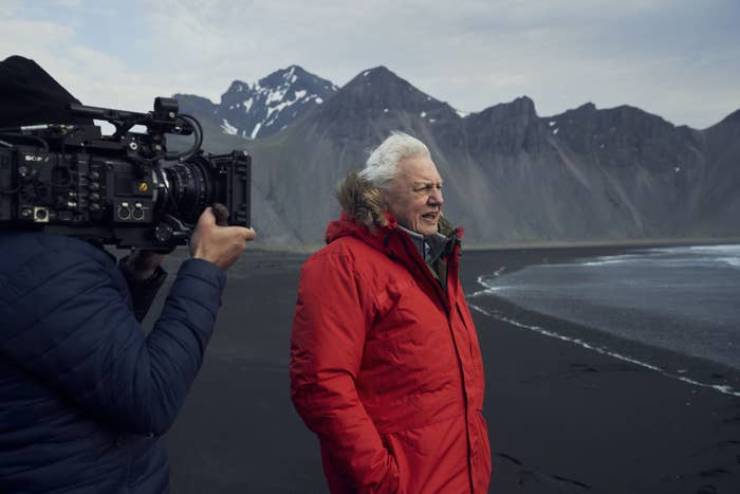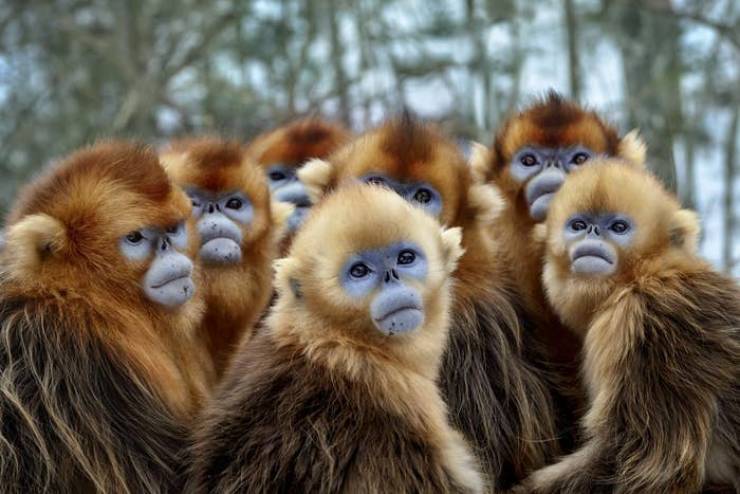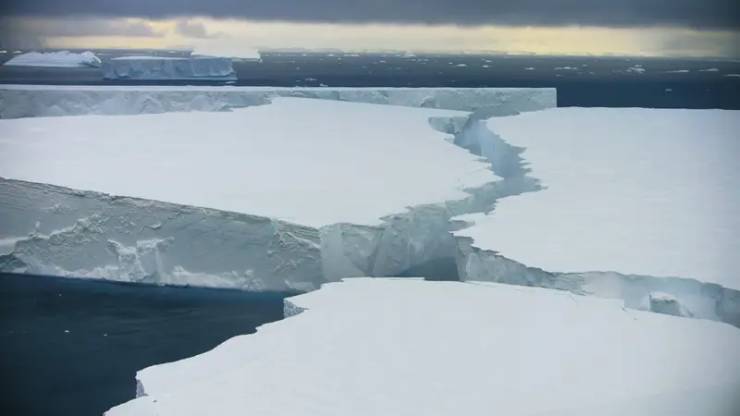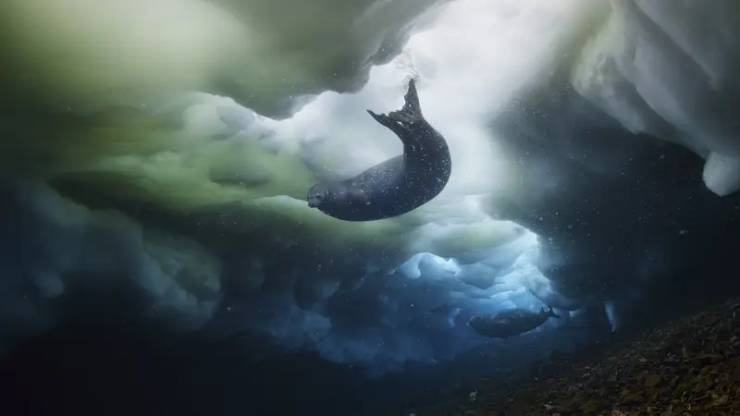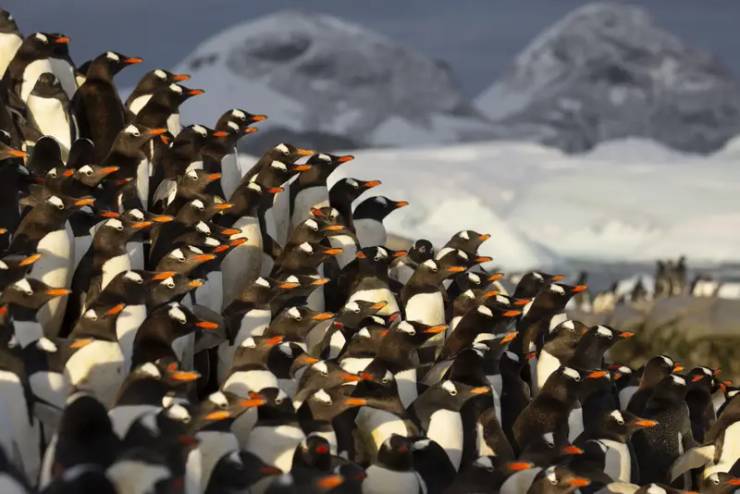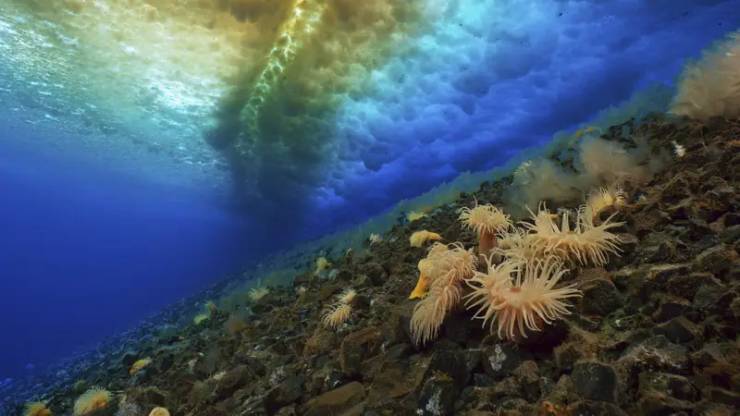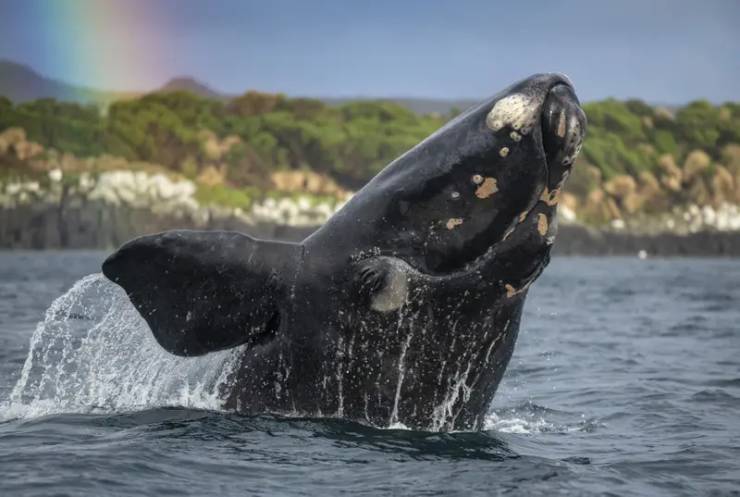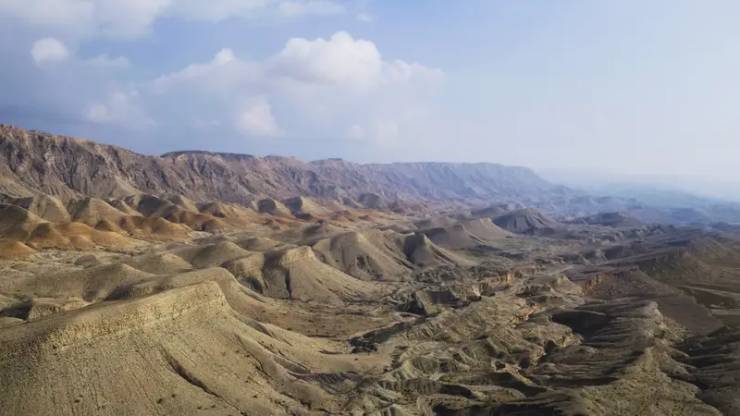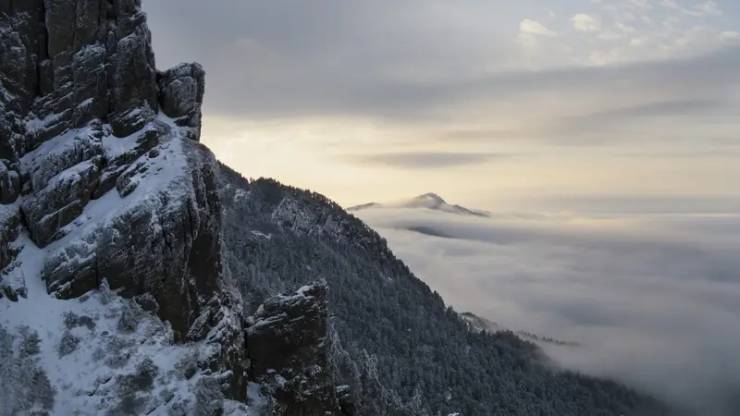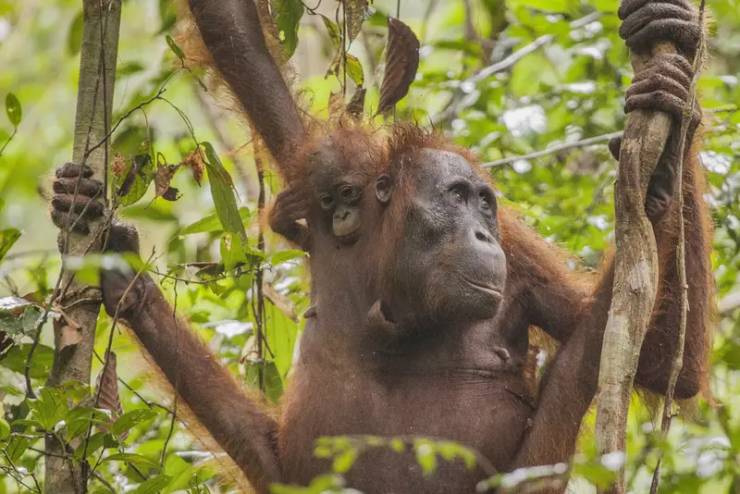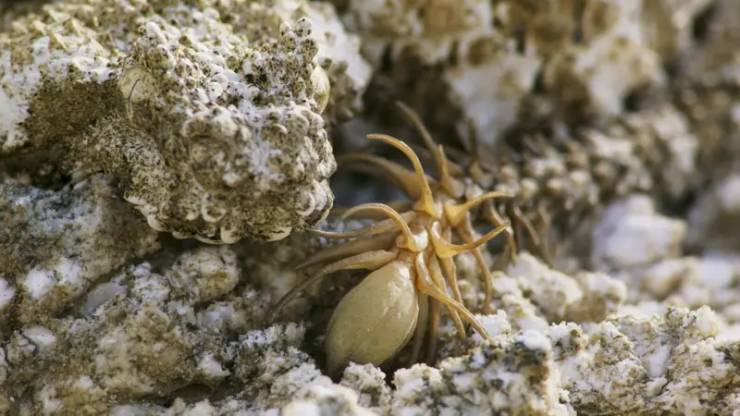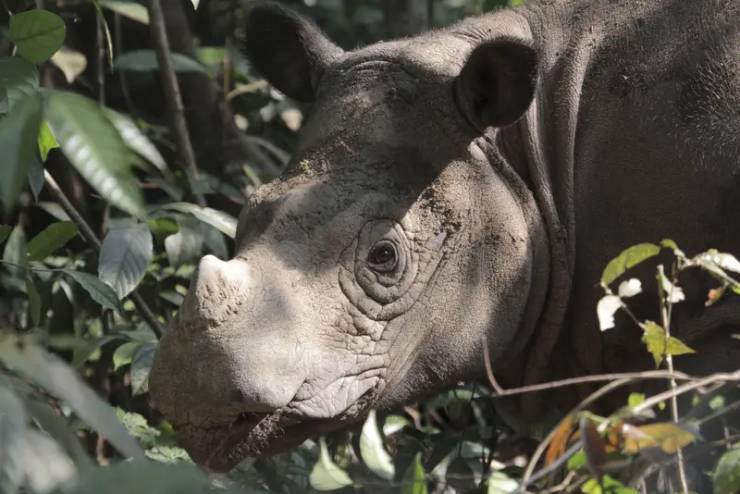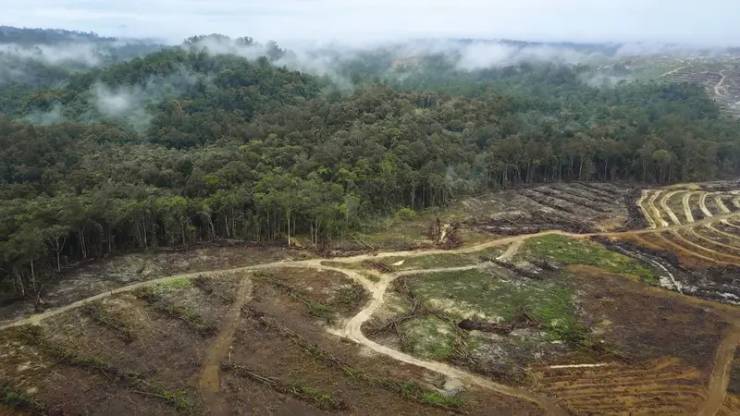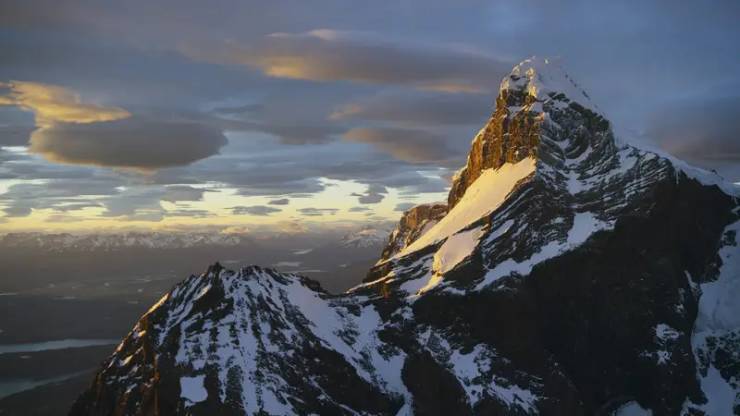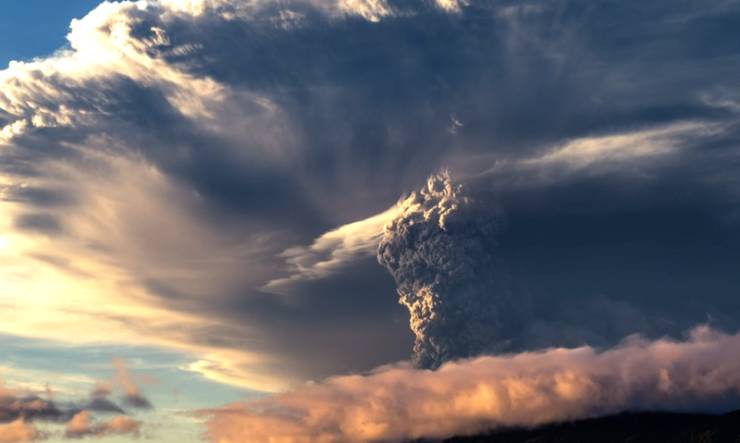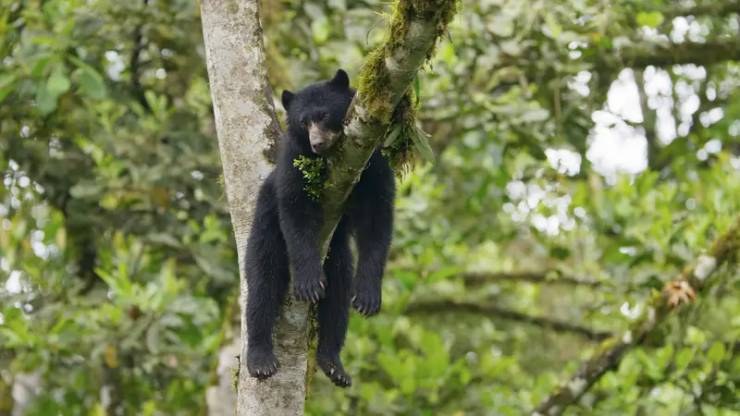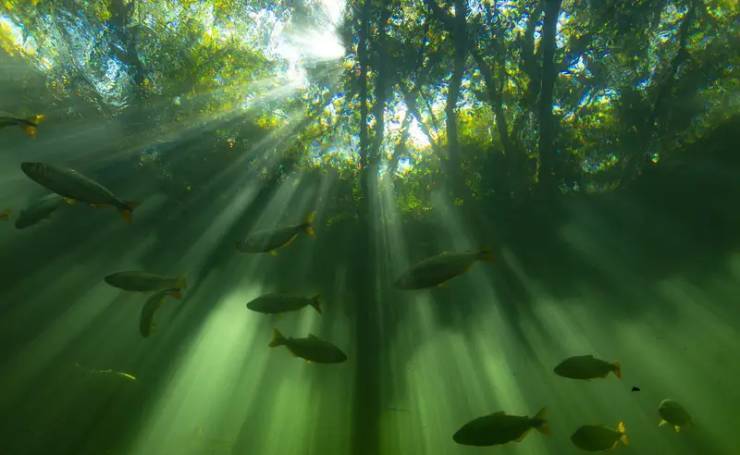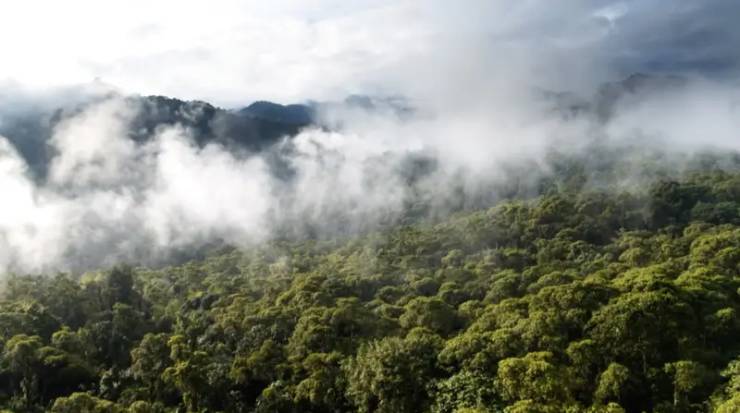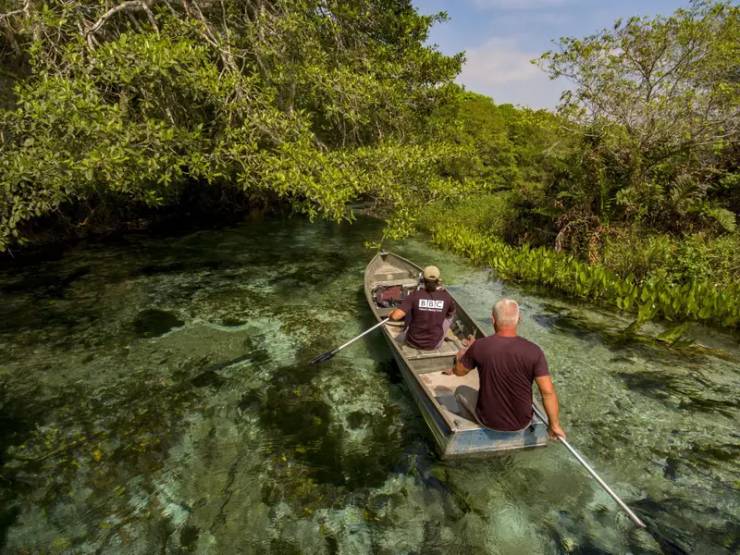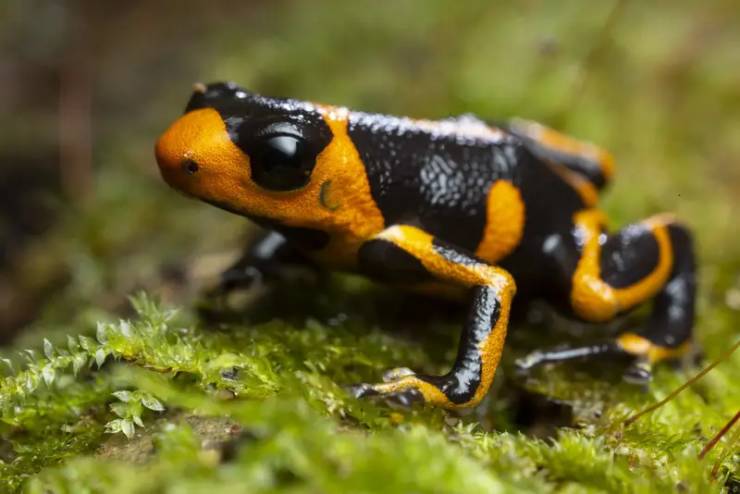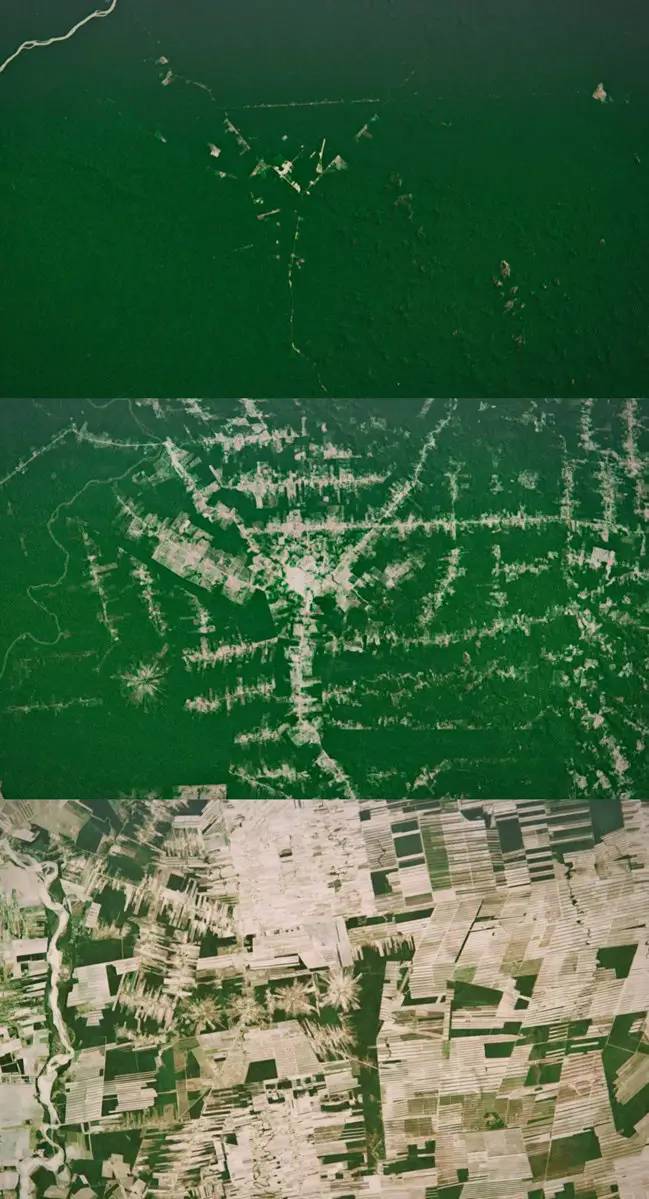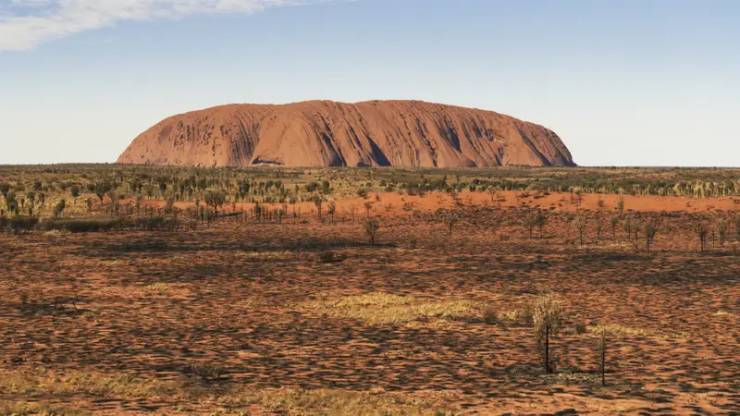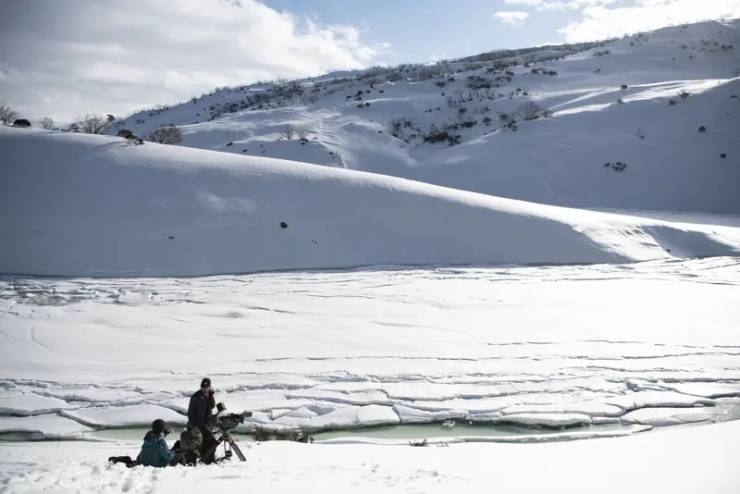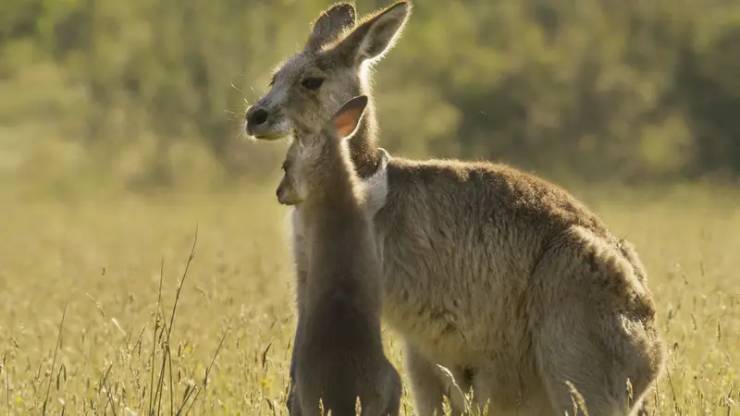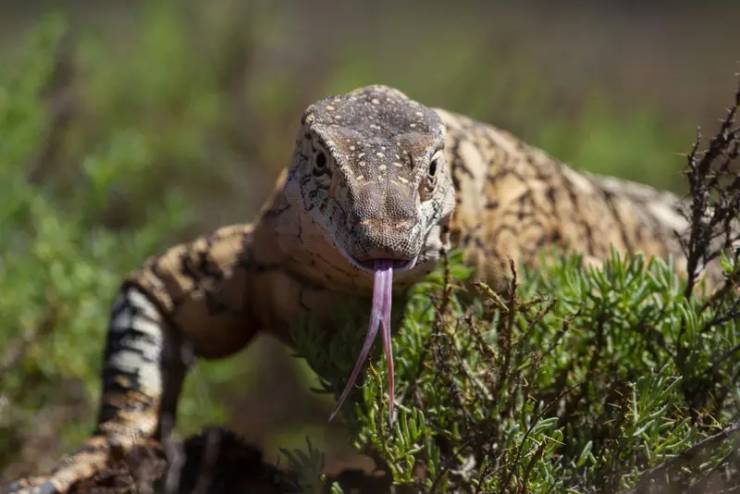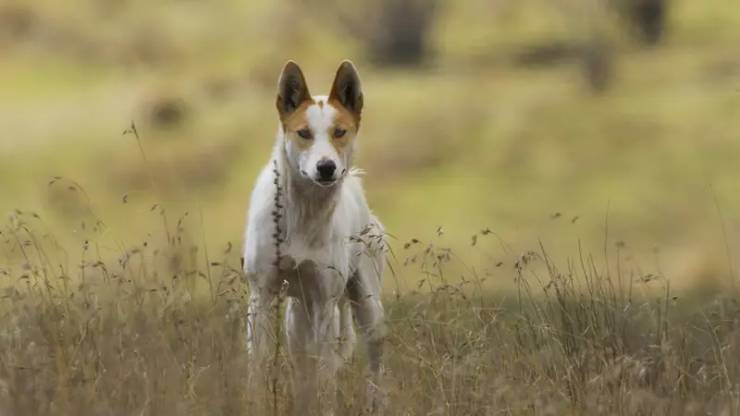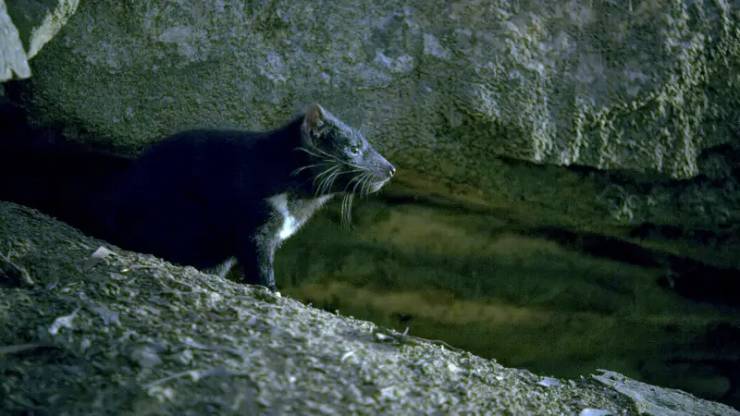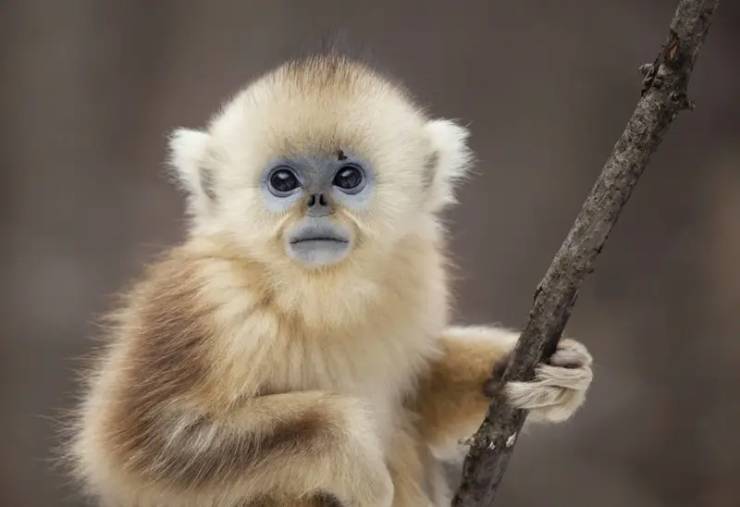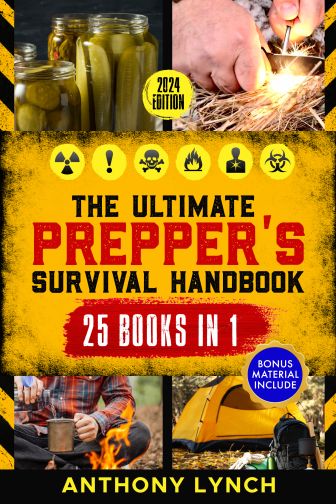If you're not watching Seven Worlds, One Planet, you NEED to catch up!
The BBC's epic seven part wildlife series, narrated by David Attenborough, explores the drastically different natural features of all the seven continents, with each one receiving its own episode. So far we've had Antarctica, Asia, South America, and Australia.
The series is literally stunning to behold, the music (by Hans Zimmer featuring Sia) is exquisite, and Attenborough's unique commentary is full of all these amazing tidbits. Here are some of most incredible things I've learned from the first four episodes:
Antarctica was first sighted by humans just 200 years ago
98% of Antarctica is covered in ice on which nothing can live.
The most southern living mammal is the weddell seal, which lives mostly in water which is actually warmer than lying on the ice.
Gentoo penguins are the fastest penguins – swimming up to 22 mph.
Albatrosses cannot recognise their chicks by sight, sound, or smell – they only know them when they're in the nest.
The albatross population on Bird Island is facing extinction because of climate change. Vicious storms knock chicks out of the nest and they can freeze to death on the ground. Unfortunately, since their parents don't recognise them out of the nest, they don't help them and albatross chicks must climb back in by themselves to live, which is not always achievable.
Some sea anemones are hermaphroditic and they self-fertilise!
Brooding anemones begin life as females but later develop male sex organs and become hermaphrodites.
Whaling activity in South Georgia impacted the population of southern right whales so badly that at one point there were only 35 females remaining from a population of 35,000.
During the first half of the twentieth century, approximately one and half million whales of various species were slaughtered to make margarine and soap.
Asia is the largest of all the earth’s continents.
The total area of Asia amounts to some 17,226,200 square miles (44,614,000 square km) – roughly one-third of the land surface of Earth.
The Himalayas are the tallest mountains on earth and they're still rising.
The famous mountain range extends from Afghanistan across northern India to central China. Some peaks reach five miles high and, since India is still moving northwards, the mountains continue to increase in size.
The infamous yeti may actually be a snow monkey.
The various reports over the years of an abominable snowman, or yeti, living in the wilderness might actually be sightings of the rare golden coated snub-nosed snow monkey. It's not common for a monkey to live in a cold climate, but the snow monkeys survive freezing temperatures by huddling together.
Orangutans have the longest of all childhoods, except for ours.
Young stay with their mothers for up to 10 years.
There's a freaking snake that is LYING about being a spider.
A recently discovered species of viper native to the Iranian desert land is almost too well equipped to catch prey. It's insane camouflage blends in with the rocks so effectively that it’s impossible to see. It also has movable scales at the end of its tail and a tip that looks just like a spider's abdomen. I mean, give those poor birds a chance!
There are fewer than 70 sumatran rhinos left across Asia.
In the last 40 years, one third of the forests in South Asia have been destroyed to make timber and food products around the world.
Asia has undergone a faster change in the last 100 years than in its entire history.
The Andes is the world’s longest mountain range.
And some peaks are so high (four miles upwards) that they catch clouds!
There are nearly 200 volcanoes along the length on the continent and some erupt with the force an atomic bomb every ten seconds.
The Andean bear is so hard to find, that even the scientists who study them only have a handful of encounters with them in a lifetime.
Angel Falls in the highest waterfall in the world.
It's almost a kilometre from top to bottom.
The Amazon rainforest is the largest rainforest in the world.
Over two million species of plants and animals are found here – more than can be found on any other of the earth’s seven continents.
And its trees release so much moisture from the surface of their leaves that they create their own clouds!
These release up to six metres of rain in a year.
The Amazon river carries more water than the world’s next seven biggest rivers combined.
The poison dart frog will lay eggs for its tadpoles to eat.
If a tadpole is hungry, the mother will lay a single unfertilised egg for it to eat. I don't know how I feel about that.
Throughout South America as a whole, an area of forest the size of a football pitch is being lost every five seconds.
Over 95% of Colombia lowland forest has now been cleared, with farming taking the biggest share.
Australia's centre is just one vast desert and it takes about three days to get from one side to the other.
Today, Australia is the world's driest inhabited continent; rain hardly ever falls in about 70% of it.
Australia was once connected to Antarctica.
The Great Dividing Range, a huge mountain range along the east coast of Australia, shows us that the continents were once whole. When they broke apart, Antarctica drifted southwards and became locked in ice, while Australia drifted northwards towards the equator and became hotter and drier.
Nearly all of the island's native mammals are marsupials.
Most of Australia's animals evolved in isolation from the rest of the world.
There are more species of reptile in Australia than any other continent.
Dingoes are descended from wolves brought to Australia from Asia over 4000 years ago.
Sharks were around 200 millions years before the dinosaurs.
Mammals, like the Tasmanian devil, are going extinct at a rate faster than anywhere else in the world.
Europeans settled in Australia 200 years ago. They brought with them guns, dogs, foxes, and cats completely upheaving the native wildlife there. In 1936, one of its largest known carnivores – the thylacine – went extinct. Now, the Tasmanian devil, once found all over Australia, survives only on remote Australian islands and is increasingly endangered.
You can watch Seven Worlds, One Planet, BBC One, Sundays at 6.15pm also available on iPlayer.

